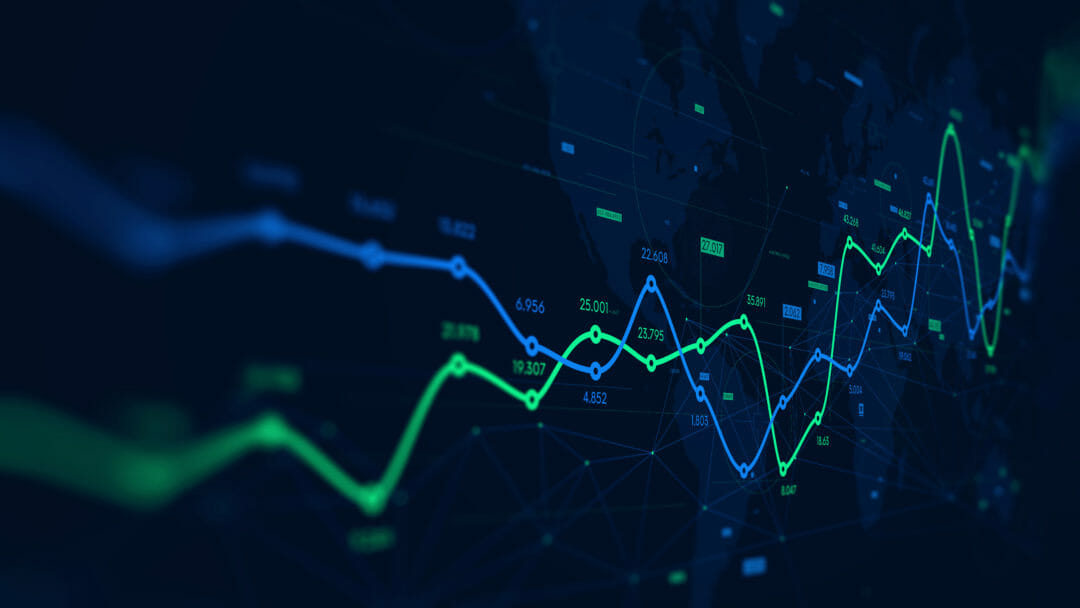At its 2015 Symposium ITexpo, Gartner said “Dear enterprise: You are your algorithms” – predicting that organisations would soon rely heavily on algorithms to inform their business processes. And indeed, over the past five years this has become increasingly true, with most businesses now using algorithms and data analytics to inform and control everything from the supply chain to customer sales and marketing.
In the aftermath of Covid-19, however, these same businesses are rapidly coming to the realisation that many of their existing data models and insights processes are not fit for the ever-evolving ‘next normal’. This is because many algorithms are designed to work and deliver reliable, actionable insights in “business as usual” times.
For example, a carefully crafted pricing analytics and optimisation process which relies on several years of sales history may start to yield poor results when fed with data from the lockdown period, and misleading suggestions for the future.
Or traditional customer segmentation and insight processes may be too slow and aggregate to truly understand the new consumer behaviours emerging, the new segments and view on your products. Covid-19 has effectively rendered many existing analytics processes useless.
This represents a challenge for many companies and one that could impact both their value and market share. While it are, therefore, a few issues for the c-suite to address, it could also be seen as an opportunity — giving businesses the chance to reassess and re-engineer their core analytics, insight models and processes to better prepare for the next few years of disruption.
But how should business leaders go about adapting their data analytics models for a post-Covid world?
Rapid risk and needs assessment
Before they can determine the best way forward, business leaders must first evaluate where the greatest risks and needs lie across the various functions and processes which rely on data and analytics insight.
Armed with this information, they can then begin to better align their data analytics capabilities – focusing them on the biggest business priorities/areas of risk, for example, understanding new consumer behaviours, identifying new customer segments or tracking which products and services are now deemed essential.
How data analytics are being applied to COVID-19 recovery strategies
Agile analytics team
To get this work moving, business leaders will need to create empowered, multi-functional and agile analytics teams that will be tasked with transforming each of the identified areas.
More importantly, they then need to challenge these teams to think like ‘start-ups’, such as getting to a minimum viable product within a matter of weeks rather than months.
This will require a different skillset to what most data and analytics teams within enterprises typically have, so leadership might have to commit some initial investment to creating bespoke analytics pods that are capable of conducting more agile, DevOps tasks so that they can reap the benefits in the long-term.
UK data and analytics industry bucks downward jobs market trend during Covid-19
Tap into new and unconventional data
After they resign themselves to the fact that years’ of data is now unusable thanks to the pandemic, the next question that any leader should be asking is how they find more relevant business insights.
Data analytics teams need to tap into new, real-time data sources in order to understand emerging customer trends. Rather than looking through historical sales patterns that are 3-6 months old, they will need to look elsewhere to find more recent data sets to mine, such as social media comments or the latest reviews on ecommerce websites.
There is also a real need to improve the data sharing relationships between organisations. For instance, many consumer products companies rely on wholesalers to sell their products and then use the wholesaler data to predict future demand. However in the new normal, companies need to be working with end sales points, such as restaurants and hotel chains, as well in order to get the granular detail needed to truly understand how products are shifting and which data-driven actions are best to take as a result.
Here, speed is key. In order to react quickly and effectively, analytics teams are going to have to live with real-time data and all the imperfections it can bring — learning to work around these imperfections to extract insights that business decision makers can act on quickly, decisively and with confidence.
Remove barriers to action
One of the biggest dangers for companies when leveraging analytics is an inability or unwillingness to act on the insights. This is challenge is amplified when consumer trends are evolving so rapidly at the moment. To give teams the best chance of turning insight into immediate action, business leaders need to remove as many internal barriers as they can.
Possible steps could include bringing in new operating models to make the process of gathering and consuming insights more frictionless — or giving the analytics team and those on the front line more decision-making power. But it could also extend to partner relationships, such as no longer accepting black box, protective IP approaches that keep businesses locked out and looking to build owned analytics capabilities instead.
The data-driven era
In a data-driven era, analytics capabilities can determine the winners and losers in recessionary times. Organisations rely on the insights gained from them to help keep extraneous costs low and supply optimum. It is imperative that leadership teams prioritise re-engineering their data analytics processes now, so that they are ready for the post-Covid world and are able to react to changing customer behaviors quicker than ever before.








